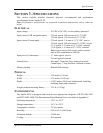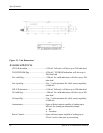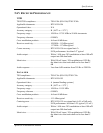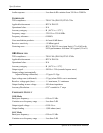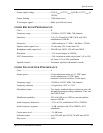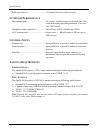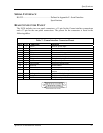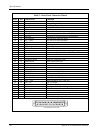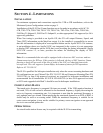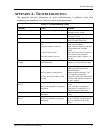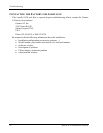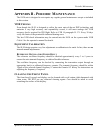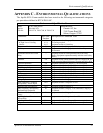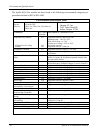
Limitations
Apollo SL30 Installation Manual
49
SECTION 4 - LIMITATIONS
INSTALLATION
For minimum equipment and connections required for VFR or IFR installations, refer to the
Minimum System Configuration section on page 9.
Installations of the SL30 Nav/Comm functions are to be made in accordance with AC 20-
67B, TSO-C37d, TSO-C38d, TSO-C128, TSO-C34e, TSO-C36e, TSO-C40c, TSO-C66c,
FAR Part 21-Subpart O, FAR Part 21-Subpart K, or other appropriate FAA approved (or JAA
approved) guidelines.
When Nav tuning is provided to an Apollo GX, the GX will output Distance, Speed, and
Time (DST) information on the MapCom output. It is the installer’s responsibility to ensure
that this information is displayed in an acceptable fashion on the Apollo SL30. For instance,
in an installation where two Apollo SL30’s are integrated in the system, it is not appropriate
to display DST information on the SL30 that is not providing the tuning information. Apollo
SL30 SW version 1.2, or later, provides the means for disabling the display of DST
information.
Note: It is recommended that aircraft be equipped with at least two NAV receivers and two
Comm transceivers for IFR use. If this practice is followed, the loss of NAV function, Comm
function or both will not result in the loss of either of the NAV or Comm functions at the
aircraft level. This will support a System Safety Assessment of minor for IFR operations.
Refer to AC 23.1309-1C.
The SL30 is qualified for helicopter installation only when the correct mounting hardware and
SL configurations are used. Mount Tube P/N 310-5197-00 and Connector Mounting Plate P/N
310-5192-01 (or later FAA-approved revisions) are required for helicopter installations and
recommended for all installations. SL30 P/N 430-6040-303 (or later FAA-approved revision)
or SL30 units upgraded with Mod V should be used in helicopter installations.
COMPUTATION RATES
The tuned active frequency is computed 10 times per second. If the VOR monitor function is
activated, 20% of each second is allocated to the monitored frequency, slightly decreasing the
active to frequency computation rate. It is important to note that the monitored frequency is
only updated once per second. When interfacing the monitored channel to an EFIS or RMI, it
should only be used as a crossing radial. While the monitored frequency is suitable for en
route course navigation, it may not be suitable for primary course navigation on an approach
due to its one-second update rate.
OPERATIONAL
An aircraft radio station license may be required with the SL30 for transmitting.



